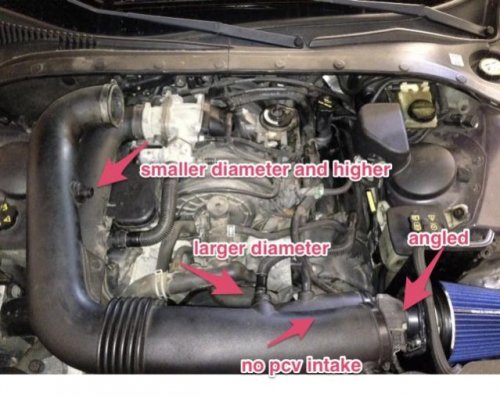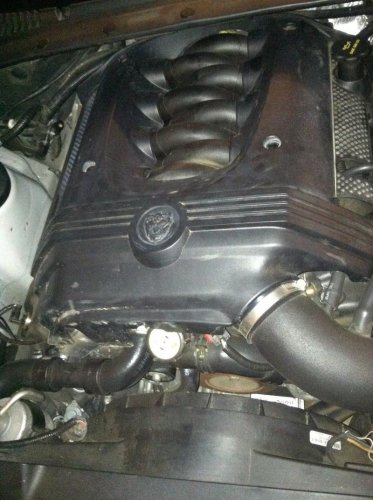They aren't there for anything other than noise control. If they had any performance application, then replacing it with an aftermarket pipe would result in a very noticeable power loss. What people actually see when they remove the factory tube with all the misshapen lumps and replace it with a straight, smooth tube what they get is engine growl with no change to a small improvement in power, which proves my statement.
Ok, over the last few days, I've been looking over the two cars' characteristics and specs trying to figure out why there would be a difference. We all know there are differences in the engine sizes and transmissions. I even considered the design of the frontal area of the cars. Still, I couldn't come up with a reason. Then, it hit me. Altitude. Relatively speaking, the UK is flat compared to the US. I'd be willing to bet flexibility and drivability has something to do with it. That extra volume of air may be needed when you need to accelerate above 10,000 ft altitude. The engine and trans combo may need the extra air so the computer can maintain the correct parameters for smoothness.
View attachment 828464583
View attachment 828464584
View attachment 828464585
View attachment 828464586
View attachment 828464587


